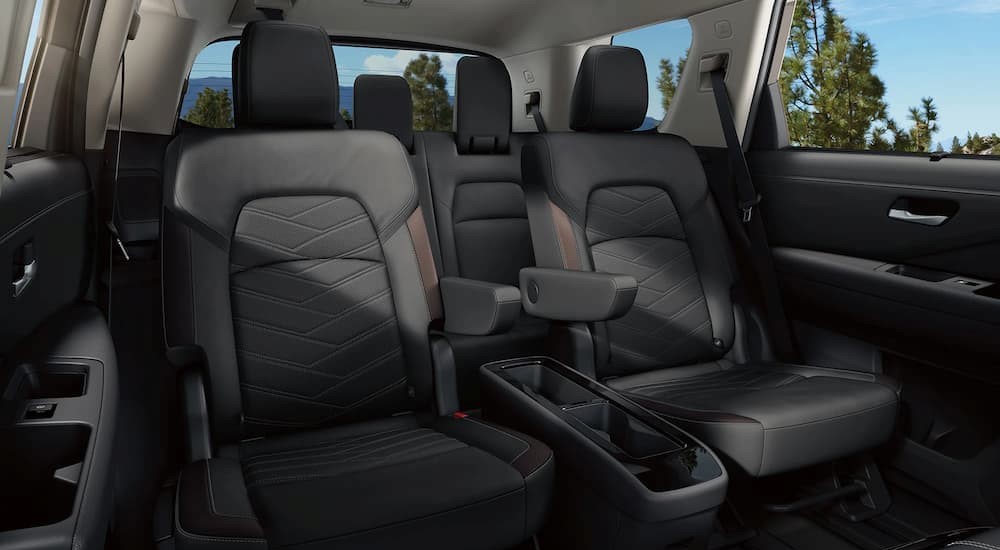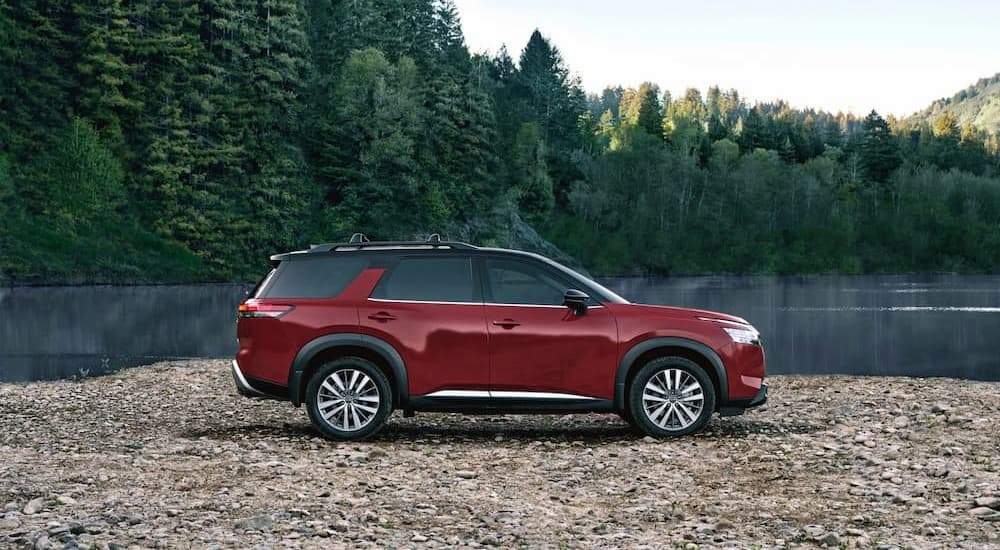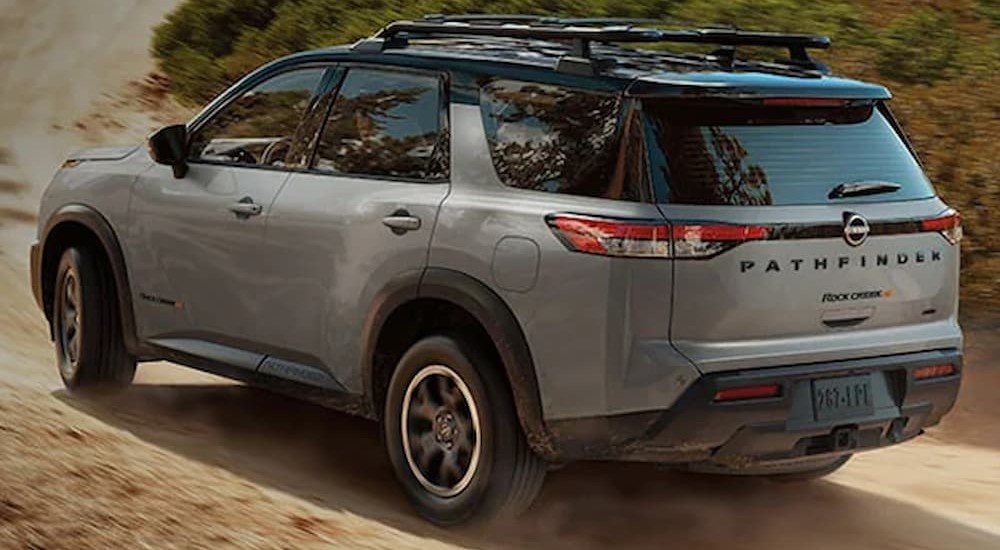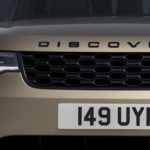If you’re someone who has a family, especially a family with young children, then safety features are likely at the top of your list when you’re in the market for a new ride. On the bright side, advances in automotive technology have resulted in massive safety strides. The leap in features from a vehicle even ten years ago is astronomical. On the downside, the new features can sometimes seem confusing, perhaps even more of a hindrance than a help, so you want to make sure that you’re looking at features that are not just plentiful but also intuitive.
If you’re looking for a Nissan Pathfinder for sale, you might have noticed that the 2023 model has been ranked a Top Safety Pick+ by the Insurance Institute for Highway Safety (IIHS). This is a noteworthy accomplishment and a significant reason that the Pathfinder has been able to market itself as a family-friendly SUV. Examining the Pathfinder’s safety features will tell us not just that SUV’s story but the overall story of how technology-driven safety features have evolved.

The Evolution of Safety
When you read what drones can do, how some planes can fly themselves, or how algorithms can help ships dock at ports, you naturally start to ask yourself if your vehicle can do a lot more in the safety department. Manufacturers are aware of this, which is why recent models tend to arrive with a plethora of programs that make your drive smoother. If it’s been a few years since you purchased a new car, you may not yet appreciate just how much more advanced safety features can be. The days of relying just on a seatbelt, an airbag, and your peripheral vision are long over.
Much of this comes from improved technology. Computers that are the size of your thumb can now do what used to take a building’s worth of hardware. However, the field of data analysis has also grown considerably. Now it’s easier than ever to figure out the best way to structure vehicles to handle accidents better and how to integrate warning features so you take note of them without them becoming so distracted that they harm instead of help.
It’s easy to assume that technology alone is responsible for our safer rides. Not so: people, ranging from data analysts to engineers, have spent decades perfecting their craft so that modern vehicles are built to perfection. The Pathfinder’s features, for instance, did not come about just because of a computer. They came from thinkers and designers who put themselves into drivers’ shoes to see what features worked best and worked intuitively. For instance, creating a warning system is easy with modern tech. The trick is to create a warning system that causes the driver to take action as opposed to panicking. The system that successfully does that is the type that appeals to family drivers.
The Co-Pilot
If you’ve done some reading on the driver-assist features in automobiles, you’ve probably heard them compared to co-pilots and with good reason. What vehicles can offer is almost as good as a second pair of eyes. Plus, just like a co-pilot, you can usually tell safety features to quiet down, too. You will have the ability to turn off most safety features depending on your mood. This helps if there’s one feature you like but another that you find too distracting.
To use the 2023 Nissan Pathfinder as an example, this SUV has many features that are particularly effective for the modern driver, such as Automatic Emergency Braking with Pedestrian Detection. This system lets you know if you need to slow down based on what it’s sensing ahead of you, and it doesn’t just react to other cars; it can also sense pedestrians crossing the street.
If you want, you can have it so the system begins the braking process when it feels a collision could be imminent. In other words, when your foot is moving from the gas to the brakes, your vehicle is already using that split second to slow down. Likewise, Rear Automatic Braking, when engaged, will automatically stop your SUV if it senses there’s an obstacle behind you as you’re backing up. Not only do you have the now-expected rear camera, but you also have additional assistance with braking.
The Pathfinder can give you a nudge with its Lane Departure Warning. Here, the Pathfinder can sense if you’re drifting out of your lane and will give the wheel a small buzz so that you’re alerted. This is great for someone who is taking a long drive and worries about highway hypnosis. It’s also great for new drivers who are still learning. Speaking of new drivers, some features seem to come tailor-made to help beginners behind the wheel, which is another reason certain vehicles catch on with families.
Family Safety
For a family, safety is not just about other drivers or avoiding obstacles on the road. A lot of families have a teenager who is learning how to drive, which means they want technology that can help their novice driver. For instance, you might be very familiar with your neighbourhood and know every stop sign like the back of your hand. Your teenage driver might not. Enter a system like the Pathfinder’s Traffic Sign Recognition. This program alerts you to traffic signs that appear along your route. It is an unobtrusive alert but one that offers an extra level of warning for the driver.
Manufacturers have become interested in helping families in this manner. Increasingly, new models are arriving with available safety features that aim squarely at assisting new drivers (not that experienced drivers can’t use a helping hand from such systems, too!). The Pathfinder’s Traffic Sign Recognition is one such case, and it sets a high standard as it’s not tech that can be found on every vehicle. With time, other manufacturers will catch up, but for the moment, families would be wise to seek out models that have features specifically designed with novice drivers in mind.

Tech to Keep You and Your Family Out of Trouble
Features that warn you about incoming collisions are very useful, but what we like to keep an eye out for are features that can prevent you from being in a stressful situation, to begin with. Take the Pathfinder’s Electronic Parking Brake with Auto Hold. This feature allows your SUV to remain stationary without you needing to keep your foot on the pedal the whole time. It’s perfect when you’re stuck in traffic or at a long red light. It also means you don’t have to worry about your foot falling asleep after being in the same position, which could easily lead to your SUV tapping the vehicle in front of you.
The Pathfinder’s Hill Descent Control and Hill Start Assist can kick into gear to give you a helping hand. If you’re parked on a steep incline, Hill Start Assist keeps the brakes engaged until you are on the gas so you do not begin to roll backwards. On the other hand, Hill Descent Control makes sure your SUV does not pick up too much speed when travelling down a hill. You won’t have to worry about these features activating when you don’t want them to; they can sense when you’re on an incline and will only step in then.
Merging Safety With Comfort
The modern family driver deserves to have these features available so that they can travel with a clear mind. Life is stressful enough, so it pays to drive a vehicle that uses all the modern advancements available.
But the modern vehicle does not have to become cumbersome to be safe. Prioritizing safety doesn’t mean you have to drive something that looks clunky. While the 2023 Pathfinder is a Top Safety Pick+, it has also won acclaim for its spacious interior, where you can sit up to eight passengers and enjoy an eye-popping 2,280 L of cargo space. You do not have to sacrifice for safety in a smartly designed SUV. The family driver can ride with a sense of security and still enjoy luxury.
In order to stay competitive, other SUVs are going to need to embrace the family-friendly security systems that SUVs like the Pathfinder are able to boast of. For the time being, though, families will be smart to seek out vehicles like the Pathfinder so the whole family feels comfortable and secure.





